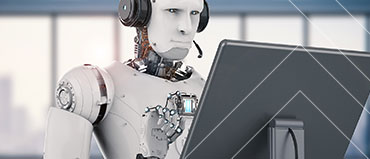I was going to start a thread about this. I don’t think most here realize what leaps have been made with bipedal robots. Boston Dynamics is actually behind the game now. There are five or six other humanoid-type robots under development now, and some already at work in factories.
Adding an LLM to the mix changes the game. Until now, programming a robot meant programming every step it made. AI is in some robots, but usually just as part of an object recognition system or something. I did some work in a factory that had a robot for inspecting the paint job on parts. It was quite smart and had a vision system that could spot all kinds of defects, but you still had to program every movement.
With an LLM behind a robot, you can program it in English, and it can come programmed with a rich set of generalized, pre-trained tasks. So ask one of these robots to make you an omelette, and it will find the kitchen, find the fridge, locate eggs, take them out, find a bowl, crack the eggs into the bowl, etc. It needs no specific programming to do a wide range of tasks.
One of the robot manufacturers has built a simulation for training it. Simulated package pickups, doors to open, etc. The LLM practices until it can do it all flawlessly, then it’s moved to a real robot which can now carry out those tasks in the real world.
Here’s Tesla’s Optimus Robot walking across a factory floor:
Optimus can self-calibrate by just looking at its hands and feet and waving them around. It has sensitive feedback sensors in its ‘fingers’, and can handle everything from heavy weights to cracking eggs into a bowl.
OpenAI isn’t being let out. They just invested a huge amount of money into Figure Robotics to create an LLM powered android robot:
That’s really not the case anymore. Most of the humanoid robots currently have endurance in factory measured in a few hours, with at least one being able to do an 8 hour shift. The Tesla Optimus has a 2.3kWh battery, which Tesla says will allow it to operate for a full working day, depending on the activity. Also, if a robot can recharge in half an hour it’s no different than a human taking a lunch break.




